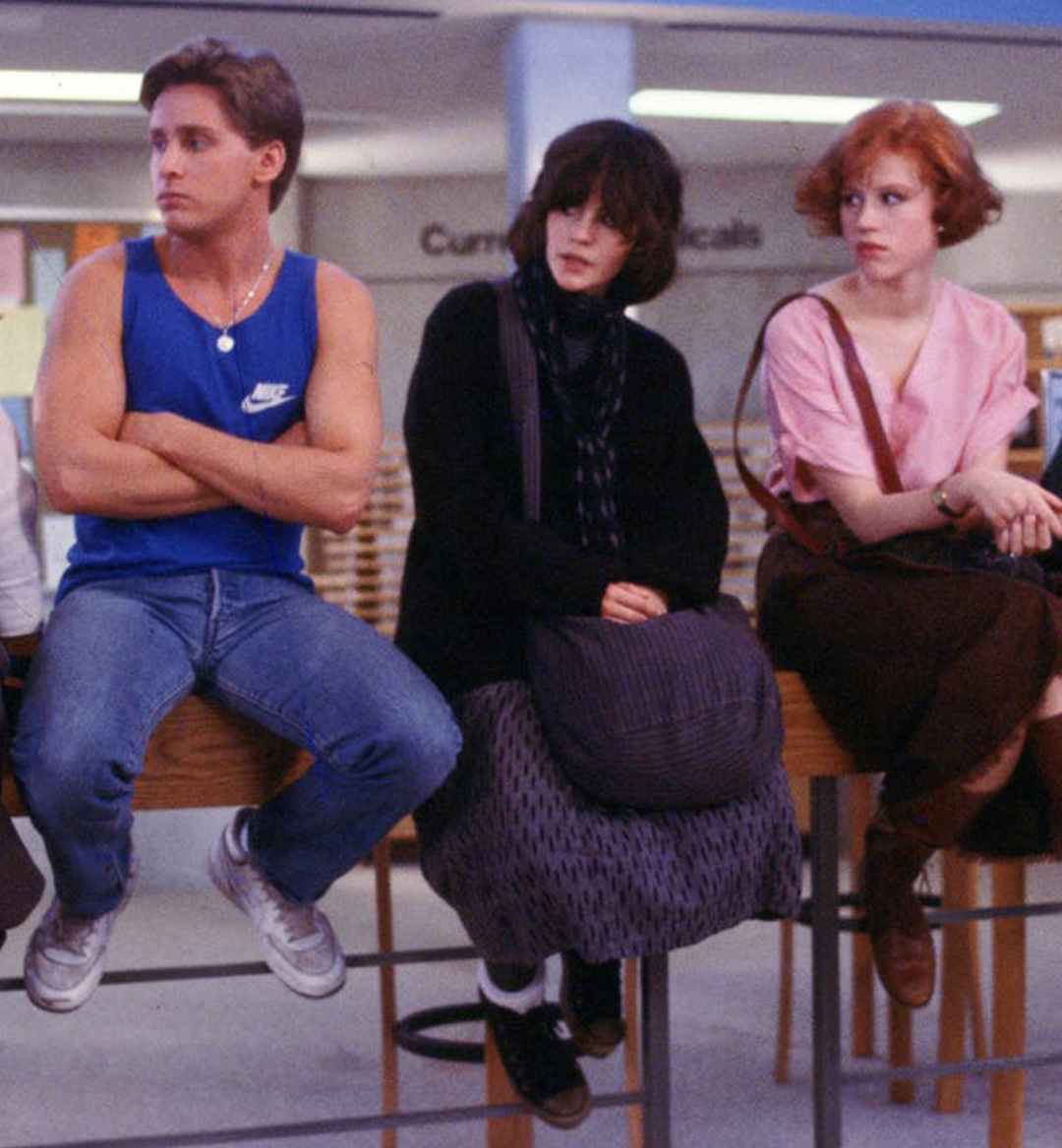
Atypical cells can be difficult to diagnose if you've ever had a child with them. This article will explain the characteristics and behaviors of atypical cells and how to diagnose them. It also discusses treatment options. You can read on to learn about atypical cellular behavior. Here are some tips that can help. These links will help you learn more about this condition. You can find a lot of information on atypical cells.
Characters
One Piece's anime series features many characters that stand out among the rest. Tontatta, a princess is one example. This group of little folk was thought to be fairies by the general public. The white knight Cavendish, and the giant Hajrudin are both representative of their race. Another example is the dragon-themed main antagonist. There are many fairy tale themes throughout the arc. Gingerbread houses and princesses are two of the main characters in the series.
Behaviors
Atypical behaviors are defined as behaviors that are out of character for a child. These behaviors could include aggressive, defiant or inattentive behavior. They can also pose a danger to the child and/or other children. These behaviors are difficult to control. If they're not controlled, these behaviors can cause serious consequences for the child and their family. It is crucial to identify the root cause of a child's atypical behavior in order to determine if they are affected.

Atypical social skills are a child's inability or inability to interact with others in a socially acceptable way. These behaviors can place a child and others at risk and should be addressed by specialists as early as possible. While some children may have normal development, atypical behaviors are more serious, indicating that a child is experiencing developmental problems. If a child repeatedly hurts their pets, it is not just acting out, but a phase.
Diagnosis
Atypical prostate cancer biopsy is a serious concern. A positive biopsy for cancer should be followed-up with blood, urine and imaging tests. A repeat biopsy may be recommended by the doctor. Although it is not always necessary, most atypical forms of cancer aren’t life-threatening. However, his doctor may recommend a second biopsy. Make sure you are fully informed about the risks and advantages of this test.
A biopsy is the best test for diagnosing prostate cancer. This involves inserting an extremely small hollow needle into your prostate and removing the cylinder of cancerous tissue. The procedure can be repeated several times to obtain different samples of the prostate. Doctors will be able to see the prostate in a more detailed way. The pathology report diagnoses each core separately. It's important to note that atypical prostate cancer isn't always diagnosed with a biopsy.
Treatment
If you suspect that you might be suffering from atypical mental illness, you may wish to seek help from your primary care provider, a licensed psychologist, or online. Your doctor will probably perform a physical exam. He or she may also ask you questions about your overall health. Lab tests may also be done, such as a complete blood count. The doctor will ask you to complete a questionnaire, which can be used to evaluate your mood as well as other symptoms.

Atypical Depression is a type major depression that exhibits characteristics that are distinct from melancholic. Atypical depression is able to lift the mood in positive situations. It is twice as likely to have a depressive episode than a normal depression. It is important that you note that atypical depressive episodes can last longer and may be more severe than the typical type of depression.
FAQ
How does TV Advertising work
Advertising via television is an effective way of reaching consumers. It's also cost-effective. Commercial breaks are the most commonly used form of advertising on television. These commercial breaks last 30 seconds, but they can sometimes be longer if there's a special event like a sporting match or awards ceremony. Companies often sponsor commercials to promote their products and services. They pay for airtime during these commercials. Some commercials show product information and others simply display images or music. Many programs have product placement, where brands are featured within the program. This may involve a brand appearing in a scene, showing how their product could be used, or providing background information about the product.
What type of advertisement is a television?
Television is a communication medium where images are used for messages. It is the most viewed media in the world. The television industry is worth approximately $100 billion every year.
There are many different types of advertisements on television, and they can be divided into two categories:
-
Commercials are also known as "TV commercials", and last for 30 seconds or more.
-
Programs/Series (also known as "programming") These are generally 20 minutes in length, though some programs may be shorter.
Commercials are shown during commercial break, which is usually every half hour of programming. These commercials can also be shown at times when there are no programs being broadcast. These include infomercials and before and after programs, as well as public service announcements.
The programs are the heart of every channel. Most channels have multiple series that air every week. Some networks air only one series per day. Other networks may air multiple series simultaneously. Some channels focus on news, movies, and sports events.
Television advertising has seen a lot of changes since its conception. Television was initially used primarily to entertain people in the 1950s. People would watch shows like I Love Lucy, Father Knows Best, Gunsmoke, etc., and then go outside to play with their friends. As technology progressed, so did the use of television for information. To buy a new car, someone could simply watch an advertisement to see the features available.
Are advertisers willing to spend large sums of money on television?
Advertisers invest a lot of cash to promote their products via TV. Advertisers also spend a lot to persuade consumers to purchase their products.
This is done by investing money in research to discover what people love and don't like about their products.
This information is then used by advertisers to create advertisements that are appealing to consumers.
Statistics
- Television is a great brand awareness tool - Almost every American has a television, with 83 percent of adults having two or more, and American households keep their televisions on for 8.1 hours each day on average. (marketingevolution.com)
- With OTT ad revenue set to increase from 45% to 60% over the next decade, AdTech pioneers and early adopters of OTT advertising will reap its benefits in the near future. (clearcode.cc)
- To get estimated costs for airing a 60-second TV commercial in different regional markets, check out the following figures in this TV ad pricing chart from the media experts at Casual Precision. (fitsmallbusiness.com)
- In fact, 76% of people completely skip the commercials while watching their programs. (qualitylogoproducts.com)
- 93 percent of American adults listen to the radio over the course of the week. (marketingevolution.com)
External Links
How To
How does the TV Advertising Industry work?
The TV advertising industry includes many companies that all need to collaborate to ensure that adverts are shown on television at the best time and place. Ads should be relevant to viewers and not offend them.
The media buying company then buys the broadcast time from the networks. They then sell this airtime to the advertisers. This is where advertisers pay for the airtime. You can purchase specific timeslots, or the entire day.
After the purchase of airtime, the media buying firm sends the advertisement to the network. The network then broadcasts the ad during its broadcast time.
Viewers may click on the advertisement link if they are interested. If they do click on the link, then the advertiser pays the media buying company again.
This continues until your advert is complete. After the advertisement has ended, the media buying firm collects the money and passes it on to the network.
Advertising agencies create the ads and send them to the media buying company. They also manage the creative side of the campaign.
They also manage the creative side and liaise with the client about the content of the ad. They also manage the production process and work with clients to determine the budget.
They manage the entire campaign as well as keep track of it all.